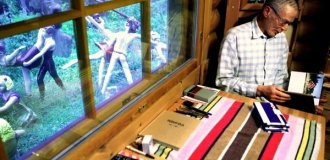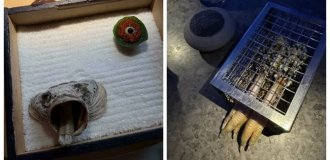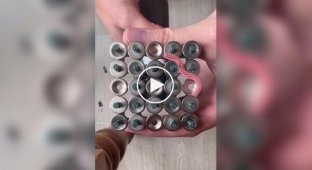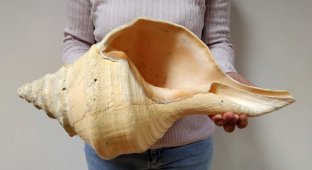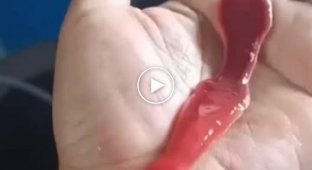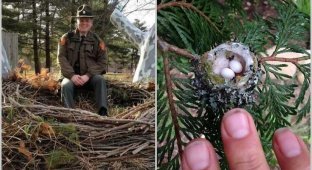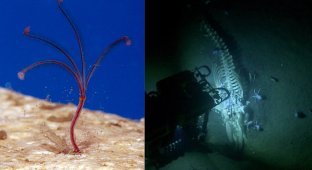Shipworms: they eat the ship right during the journey (7 photos)
Trypophobes in place? The horror of ancient sailors, an exotic delicacy and a prototype of innovative engineering solutions - the shipworm, ladies and gentlemen! 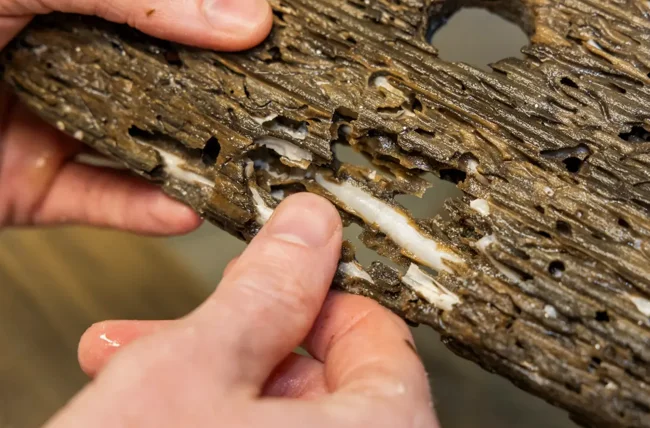
Come on out, we're talking about you, actually.
In fact, the little creature is not a worm at all, but a marine bivalve mollusk of the genus Teredo. The valves of the brother's shell have been modified into a serrated drill, which is used to drill passages in wood. The mantle secretes lime, which strengthens the tunnels from the inside. 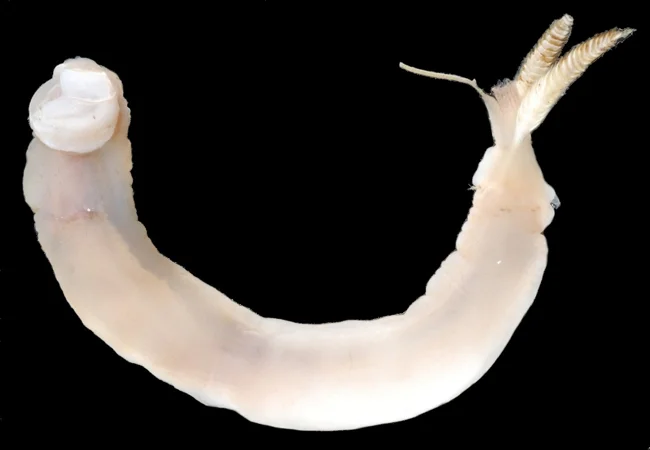
Here he is, our cute hero of the article.
The body of some species grows more than a meter in length, there are siphons at the back, sticking out of the tunnel - the mollusk, in addition to sawdust, feeds on phytoplankton. This hybrid type of nutrition is apparently a winning strategy. Scientists argue to this day about how the shipworm digests wood, in particular, breaks down lignin. Mollusks do not have their own enzymes for this. 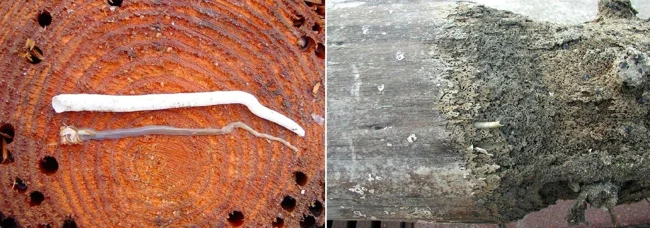
This is the mollusk itself and its calcareous tube for strengthening the tunnels.
Shipworms are asynchronous hermaphrodites: they change gender depending on their mood. An individual can produce up to 5 million eggs per year. The licinus, having found a suitable piece of wood, grows and remains in it for its entire life - 1-3 years. 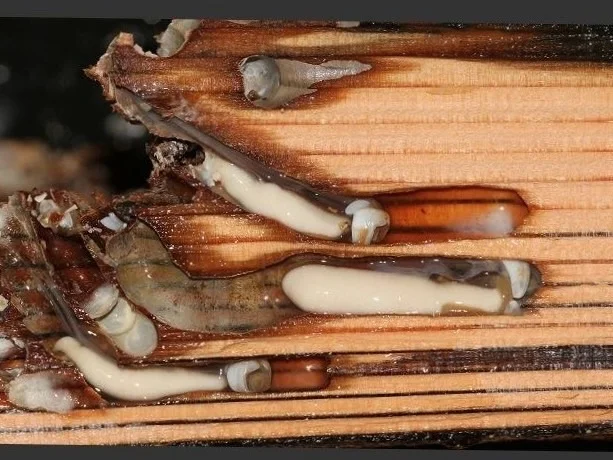
Typical teenagers who never leave their room.
For centuries, shipworms lived happily in warm salty waters, gnawing on mangrove trees and wood that rivers carried out to the sea, and did not cause any trouble to anyone.
But then came the era of sailing ships and the Great Geographical Discoveries. Mollusks developed a desire to wander, and they began to travel and settle all over the world, feeding on the underwater parts of ships and more. Worms did not disdain the ships of Columbus himself, they devoured wooden dams in two provinces of Holland, piers in Crimea and San Francisco. 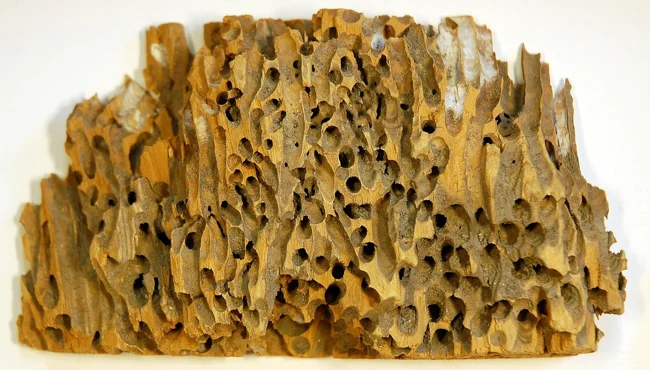
If you have been to the sea coast, you may have noticed that the wood thrown ashore is often full of holes.
They fought shipworms in various ways, often very expensive: they painted the ships, soaked them in poisons, tarred them, covered them with leather and metal, went into river mouths (worms cannot stand fresh water), dried them on the shore (but the mollusks are able to seal themselves in their limestone tunnels and go into autonomous mode for up to 1.5 months). The use of creosote gave good results, but soon the era of wooden ships ended. And shipworms still cause damage to wooden piers and boats. 
Safe for humans, but deadly for a wooden ship.
Global warming is a boon (a leg?) for mollusks - they are settling even in once cold waters. A board with living representatives of the genus Teredo was found on Spitsbergen, so it is too early to claim victory in this battle.
While observing the shipworm, namely the principle of drilling and subsequent strengthening of the passage, the English engineer Marc Brunel invented the tunnel boring machine and successfully used it in the construction of the first tunnel under the Thames in 1825. Most of the underground tunnels are built using this technology today. So while we sit and wait for the underground line to finally reach our area, a steel machine similar to a shipworm is working underground! 
It wants to eat.
In the Philippines and Brazil, shipworms are eaten raw or fried in batter. They grow much faster than oysters, are just as tasty, and are superior in nutritional value. Would you sharpen a woodworm under white wine?




